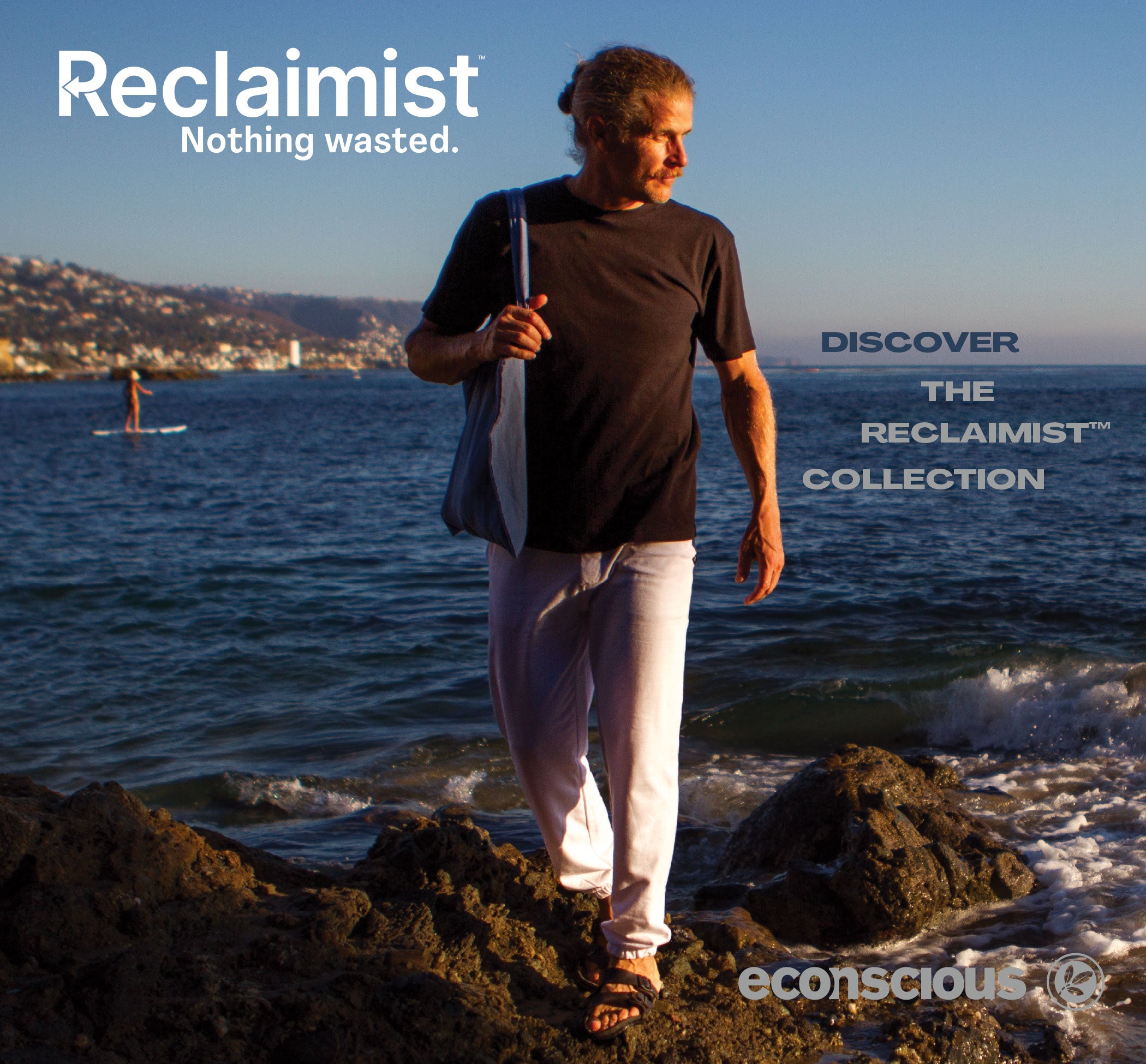The best step towards building a more ethical, responsible wardrobe is to always try to abide by the “5 Rs”:
Refuse
Do not let your Lizard Brain shop. Studies show that “Fast Fashion” is based on tapping onto the primitive, panicky part of your psyche that can be easily manipulated by fear. Advertising campaigns target these fears to sell you clothing you do not need (convincing you that clothes can bring happiness, health and success).
“Slow Fashion” requires you to get into a mindful state of awareness BEFORE you shop. Only fill actual gaps in your wardrobe – only buy when something is needed.
Select reputable, ethical companies that keep ideals such as sustainability at the forefront of their business practices.
Mostly purchase good quality, long lasting items to help minimize future shopping needs.
Refuse to use shopping to minimize anxiety based on temporary fears.
Reduce
Purge your current closet. Look carefully at what you own now.
Only keep what you love. Remember: It doesn’t actually have value to you if it doesn’t fit/ doesn’t flatter/ it’s not comfortable or it’s not unique to your personal style.
Donate, sell and gift the rest.
Reuse
When you do shop, consider second hand stores first. You just donated a bunch of awesome stuff that just happened not to be your forever clothes – someone else has done the same thing, and their stuff is perfect for you.
Some towns have clothing swaps; everyone gets together and brings their perfectly good (but not-quite-right) discards from their closet.

Repurpose
It helps to be crafty for this category. If clothing you own is damaged and can’t be worn by someone else – there are probably 10 different household items you can turn the garment into. Just run a Pinterest search for “repurpose old shirt” for tons of ideas.

Recycle/ Repair
A little knowledge and little practice is all that’s needed to repair most clothing or footwear items that you may have otherwise thrown out, and re-purchased.
This extra step can be especially fulfilling if it is a favorite item – one that you cannot actually replace exactly with something new. Examine it. Do some research. Use your imagination and perhaps it will be different after the repair – but often it is even stronger and more durable afterwards.


